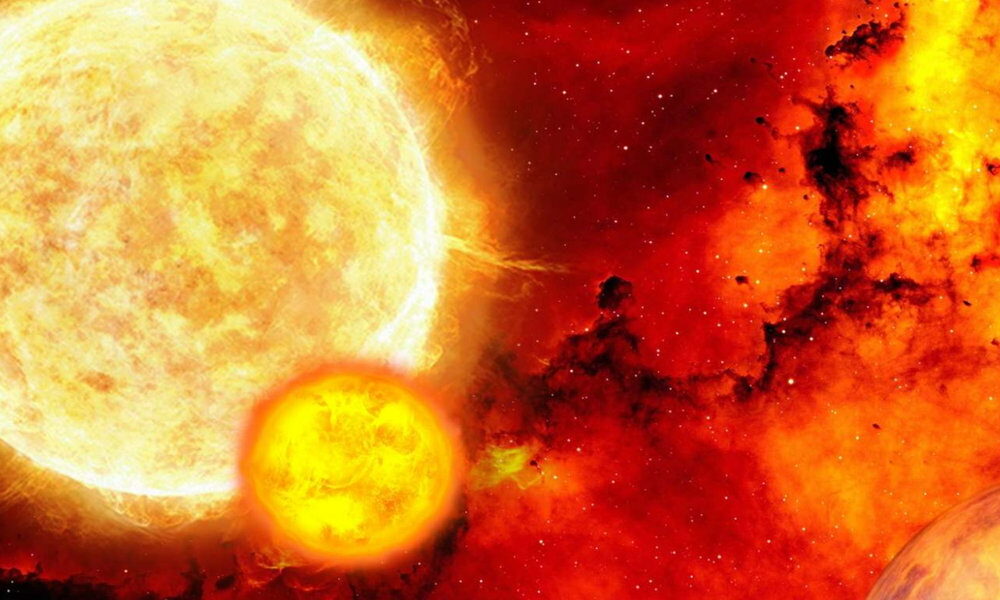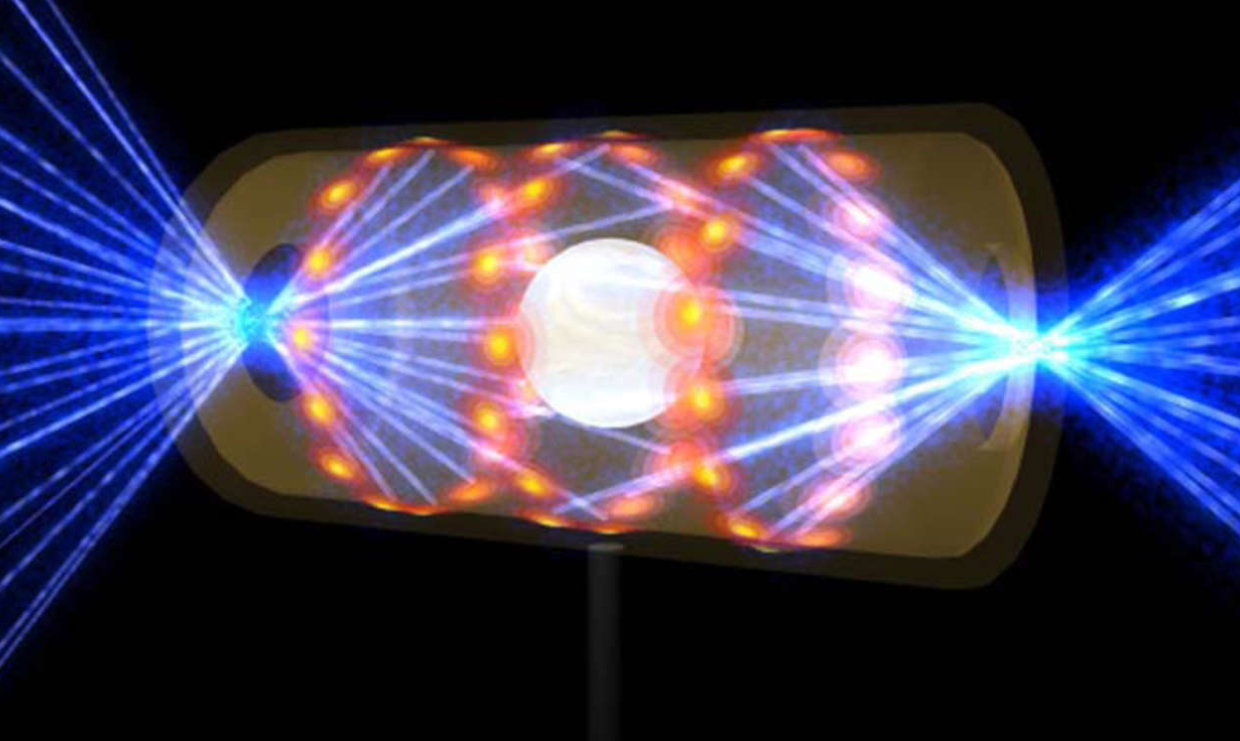
Fusion energy, the “energy from the stars”, should be -along with renewables- a preferred generation model to get out of the catastrophic model based on burning fossil fuels and incidentally avoid dependence on guys like Putin (and others from the energy lobby, the most powerful on the planet) in an energy blackmail from which the world must get out as soon as possible.
The theory of the operation of fusion energy (nuclear fusion) is well known since it activates stars like our Sun and has been investigated since 1950. The problem is that we have not had the technical capabilities to harness this power. And to be honest, those in charge have not been interested… Different groups of scientists are currently working to achieve it, and mainly two: ITER (International Thermonuclear Experimental Reactor) and the Lawrence Livermore National Laboratory.
Although there are still decades to go before manufacturing a commercial reactor, in recent years we have been learning about different advances that are bringing us closer to the goal. This weekend, several American media have published information that talks about “a key breakthrough”. The US Department of Energy has scheduled an official announcement for tomorrow Tuesday at 7 am (Pacific Time). It can be followed live from this link.
Fusion Power: Key Breakthrough
From what we know so far, it would be the official confirmation of information that we already advanced to you: the Lawrence Livermore scientists would have achieved the “Ignition” or what is the same, achieve an amount of energy greater than that used in a fusion process. Obviously, it is the Holy Grail of this technology and a key moment to keep moving forward.
In experiments conducted to achieve Ignition, researchers heat and compress a central “hot spot” of deuterium-tritium fuel (hydrogen atoms with one and two neutrons, respectively) using a surrounding dense piston also made of deuterium-tritium, to create a super-hot, super-pressurized Hydrogen Plasma.
Ignition occurs when heating from α-particle absorption [dos protones y dos neutrones estrechamente unidos] created in the merger process “outcomes loss mechanisms in the system for a period of time”, they explain. The great objective is known, to achieve that a Fusion process autogenerates enough energy to be able to apply it globally as a practical source of energy. unlimited, cheap, cleaner energy than the use of fossil fuels and less dangerous than Nuclear Fission.
Nuclear fusion, the energy of the stars on Earth
Fusion energy involves the release of energy through the union of atomic nuclei, contrary to that caused by nuclear fission used in nuclear power plants and atomic bombs.
The advantages of fusion as a method of generating energy are notable, beginning with the necessary fuel, basically deuterium, an isotope of hydrogen that we have on Earth with unlimited supply. Also important are security advantages. Faced with the risks of fission, fusion is not a chain reaction, so it can be controlled and canceled simply by removing the fuel.
Its consideration of “clean energy” is due to the fact that does not produce gases that contribute to global warming because the helium produced in the reaction is not harmful. It must be said that Nuclear Fusion is not harmless since it produces radioactive tritium and the walls of the reactor become radioactive due to the plasma.
The still unresolved treatment of radioactive tritium and the huge investment from Fusion has led environmental groups to insist that the same cheap, clean energy goals could be achieved with a mix of renewables (wind, geothermal, hydroelectric, tidal, solar) in less time and less cost. In any case, Fusion has nothing to do with burning fossil fuels or the problem of fissiontaking into account that any method of energy generation causes an environmental impact to some degree.
These projects are enormously complex, expensive, and long-term, but they are essential to someday achieving secure, abundant, relatively cheap and environmentally responsible energyin a project that “It does not benefit a partner or a country, but all of humanity”as scientists point out.
We will see tomorrow what they tell us from the United States, but the forecasts are for hopeful progress. Future developments in ITER are also expected. The reactor that is being built in Cadarache, in the south of France, is the most difficult engineering project that human beings have faced for a facility on Earth and has the participation of 35 countries including the European Union, India, Japan, Russia, the United States, South Korea and China. In a world at war for blocs, surely there is no other international project so supported.





